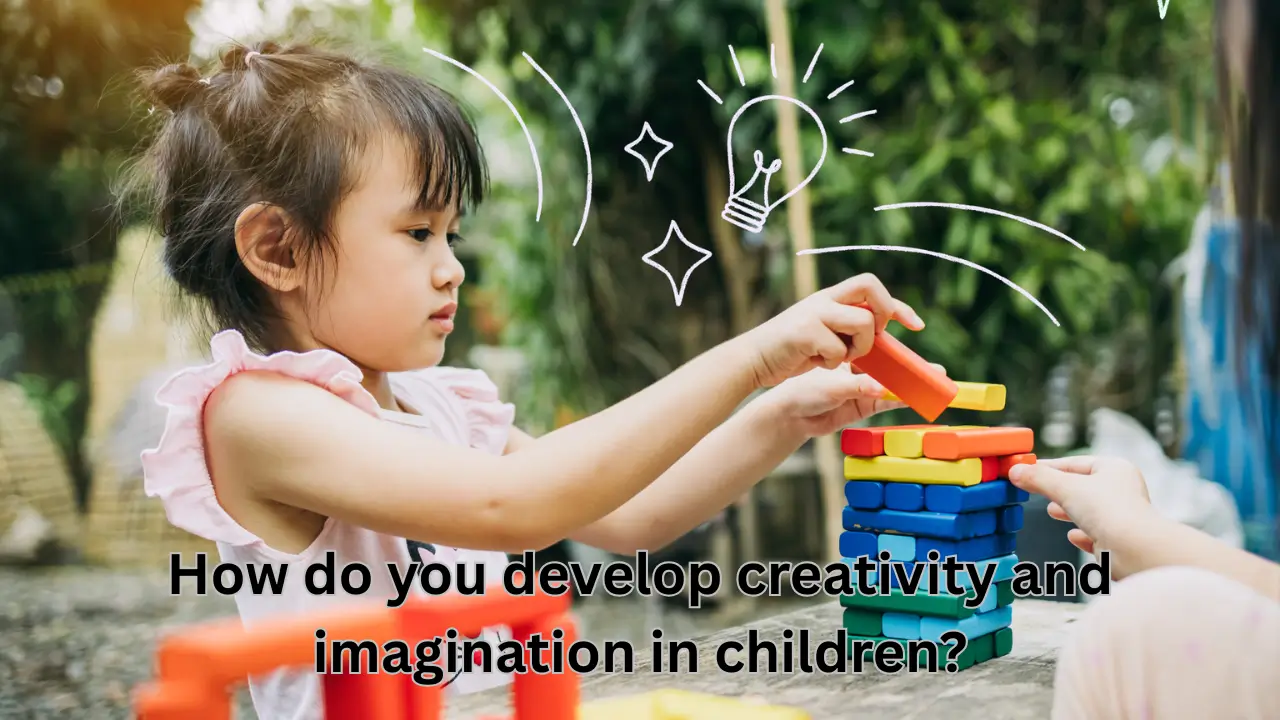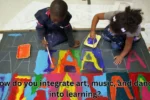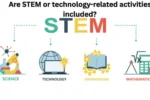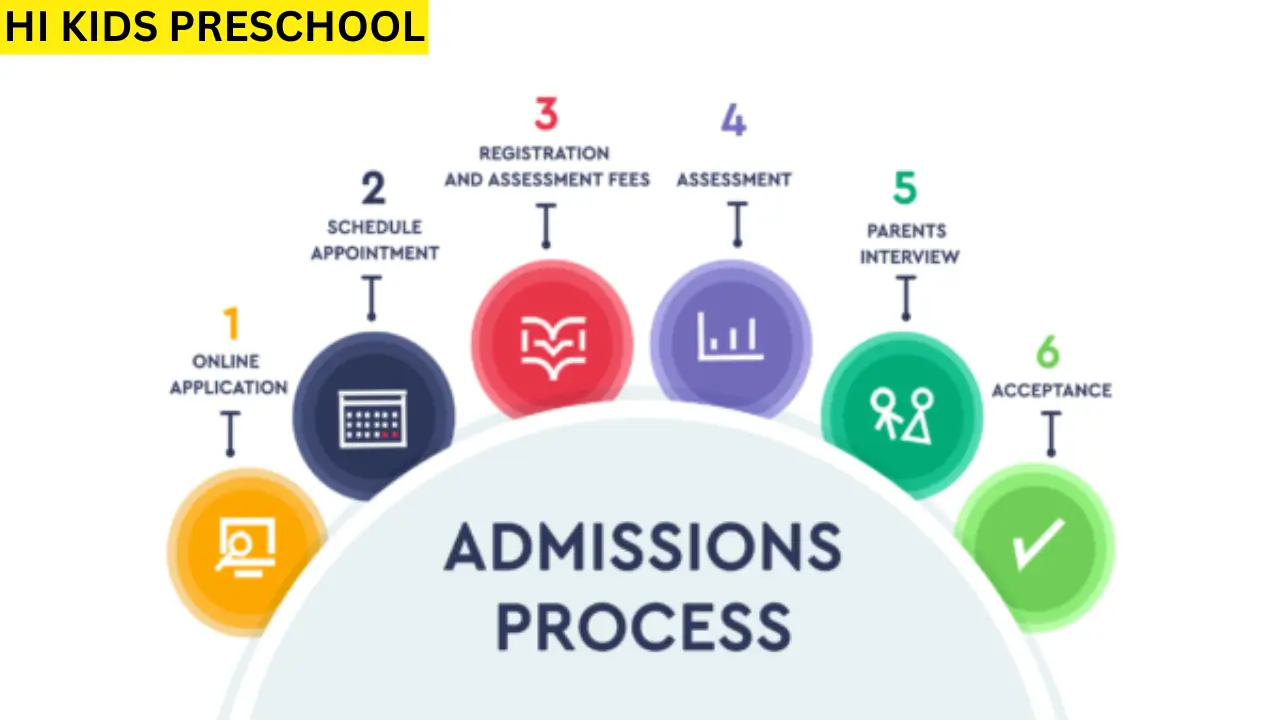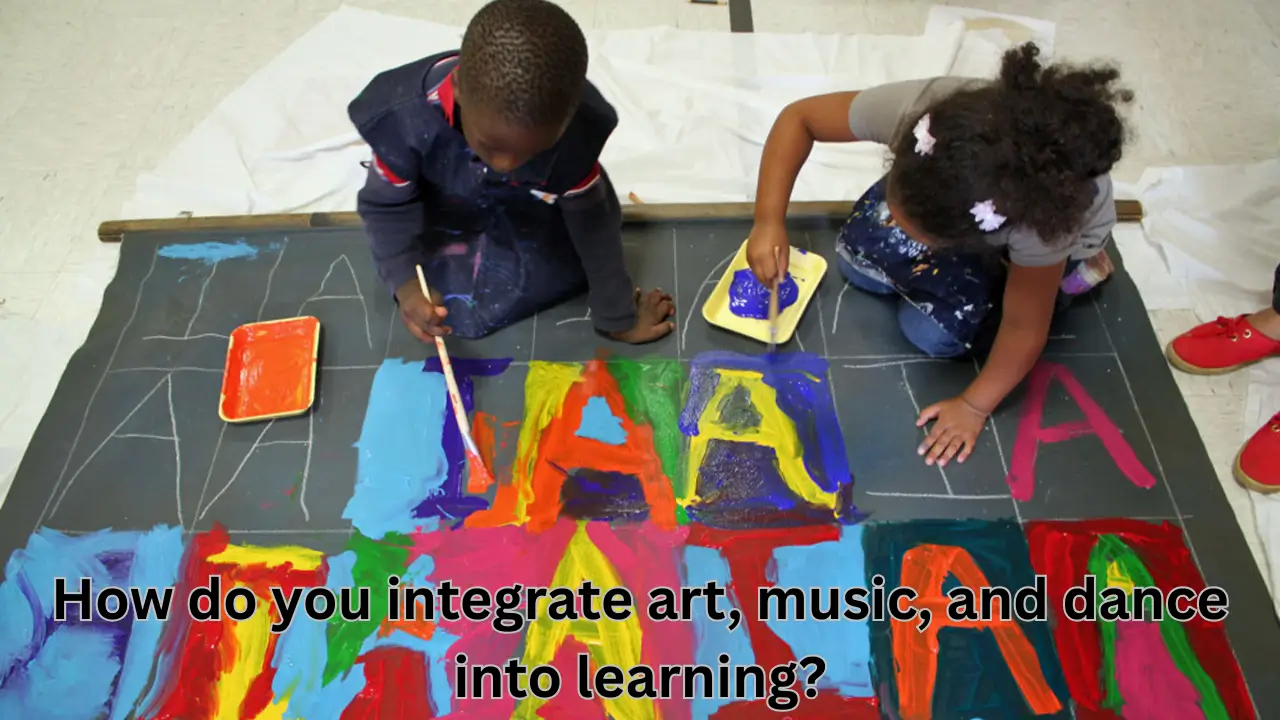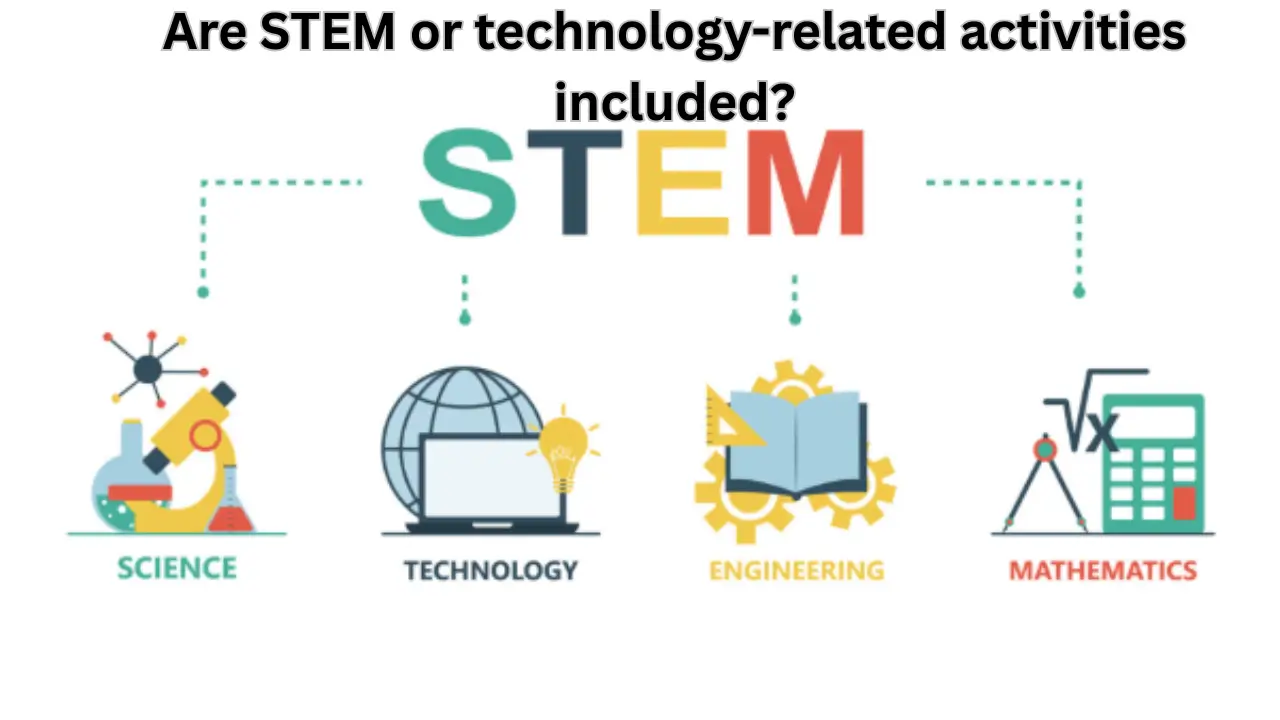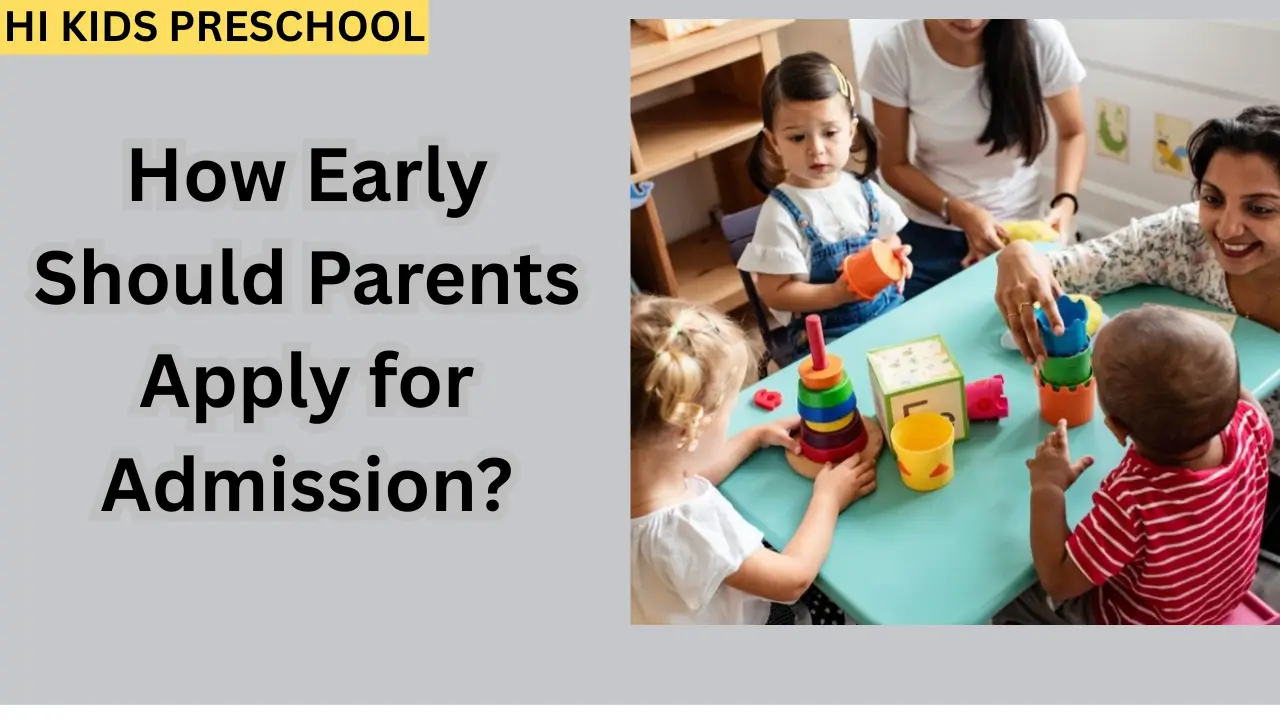Creativity and imagination are vital skills that nurture a child’s cognitive, emotional, and social development. They allow children to explore ideas, solve problems, express themselves, and understand the world in new and original ways. Developing these skills early on sets a foundation for lifelong learning, innovation, and adaptability.
Why Creativity and Imagination Matter in Childhood
Imagination is the ability to create mental images, concepts, or scenarios beyond direct sensory experiences. Creativity is the process of generating new ideas or solutions. Together, they enable children to:
- Think independently and critically
- Develop emotional intelligence and empathy
- Improve problem-solving and decision-making skills
- Build confidence and resilience
- Prepare for academic success and future innovation
Fostering creativity is not just about art and play; it is crucial for intellectual growth and adaptive thinking abilities that last into adulthood.
Effective Strategies to Develop Creativity and Imagination in Children
Encourage Free and Imaginative Play
Unstructured play allows children’s minds to wander and innovate freely. Through make-believe, role-playing, and experimenting with open-ended toys like building blocks or figurines, kids learn to create new scenarios and narratives. This strengthens both imagination and social skills by letting them test ideas and roles.
Provide Open-Ended Toys and Materials
Toys without fixed purposes encourage children to invent their own ways of playing. Examples include blocks, clay, dress-up clothes, art supplies, and musical instruments. These materials help children explore creativity by mixing ideas and creating unique combinations.
Read and Tell Stories Regularly
Books and storytelling open doors to different worlds and perspectives, stimulating imaginative thinking. Discussing storylines, encouraging children to predict outcomes, or create alternative endings enhances both creativity and literacy. Storytelling games allow for social interaction and personal expression.
Ask Open-Ended and “What If” Questions
Questions that require more than yes/no answers prompt children to think broadly and imaginatively. For example: “What if animals could talk?” or “What would you invent to solve this problem?” This questioning cultivates curiosity and creative problem-solving.
Limit Screen Time and Encourage Hands-On Activities
Excessive screen time can reduce opportunities for imaginative play and creativity. Setting screen limits while encouraging painting, drawing, sculpting, or outdoor activities ensures that children engage actively with their environment and develop originality.
Explore Nature and the Outdoors
Nature inspires curiosity and imaginative thinking by presenting changing scenarios and fostering sensory experiences. Activities like nature walks, cloud watching, and collecting natural objects support observational skills and creativity through real-world interaction.
Support Curiosity and Problem-Solving
Create an environment where questions and explorations are welcomed. Instead of providing immediate answers, guide children in seeking solutions themselves. This nurtures independent thinking and deeper creativity.
Model Creativity
Children learn by example. Adults who demonstrate creative thinking and embrace new ideas inspire children to do the same. Sharing in creative activities together strengthens skills and bonds.
Summary Table of Creativity Development Strategies
| Strategy | Description | Benefits |
|---|---|---|
| Encourage Free Play | Unstructured imaginative play time | Builds imagination, social skills |
| Open-Ended Toys | Toys without fixed rules or outcomes | Stimulates innovative use and creativity |
| Reading and Storytelling | Regular interactive reading and story creation | Enhances imagination, literacy |
| Open-Ended Questions | Asking “what if” or exploratory questions | Promotes creative thinking |
| Screen Time Limitation | Balancing digital and physical activities | Increases hands-on creativity |
| Nature Exploration | Outdoor activities and observation | Inspires curiosity and problem-solving |
| Curiosity Encouragement | Supporting independent questioning and discovery | Develops critical thinking |
| Creative Role Modeling | Adults engaging in creative activities | Inspires and motivates children |
Latest Insights on Creativity Development in Children
Recent research highlights the importance of balancing guided learning with free-form exploration to boost creativity. Experts emphasize providing a wide variety of materials and experiences and caution against over-scheduling children’s time, which can hinder creative development. The integration of nature-based activities and the use of open-ended toys continues to be strongly recommended as foundation stones for fostering creativity in early years.
Psychologists stress that fostering creative confidence by allowing children to take the lead in imaginative play encourages independence and resilience. Creativity also improves when adults engage positively with children’s imaginative ideas rather than directing or limiting them.
Developing creativity and imagination in children is a multifaceted approach involving play, storytelling, questioning, and exploration. Prioritizing these strategies helps children build essential skills that support their overall development and future success. Every opportunity to engage creatively can ignite a child’s imagination and nurture a lifelong love for learning and innovation.
